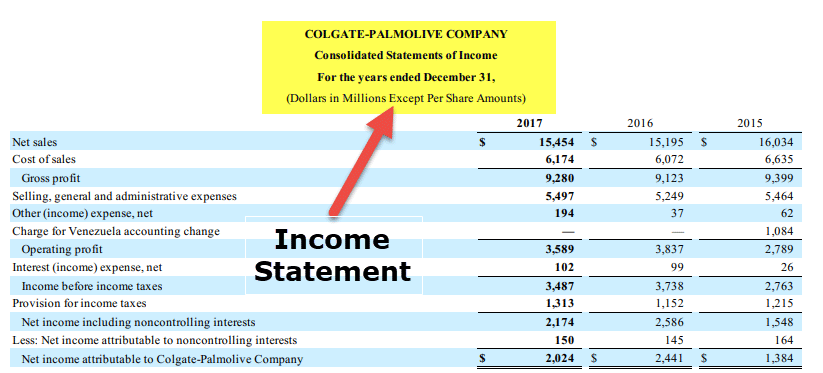Not identified by the market rate of interest, is decided by the reserve banks. Can not be used in determining present worth. Can be used in determining today worth of the future capital. Based on the Market and concentrating on timeshare collections law the Lending institution's perspective Focusing on the Financier's point of View Impacted by Demand and supply in supply in the economy. Not Affected by Need and supply in supply in the economy. After examining the above information, we can say that Discount rate Rate vs Rate of interest are 2 various ideas. A discount rate is a wider idea of Financing which is having multi-definitions and multi-usage.
Sometimes, Click here for more you have to pay to obtain money then it is a direct financial cost. In other cases, when you invest money in an investment, and the invested cash can not be utilized in anything else, then there is an opportunity expense. Discount Rate Rates vs Rate Of Interest both belong to the cost of cash but in a different way. If you have an interest in Finance and wish to operate in the Financial Sector in the future, then you ought to know the distinction between Interest rates and Discount rate. This has a been a guide to the leading distinction between Discount rate Rate vs Interest Rate.

In finance, the discount rate has 2 important meanings. Initially, a discount rate is a part of the calculation of present value when doing an affordable capital analysis, and second, the discount rate is the rate of interest the Federal Reserve charges on loans offered to banks through the Fed's how do timeshares work discount window loan procedure - What is a consumer finance account. The very first meaning of the discount rate is a vital element of the affordable capital computation, an equation that figures out how much a series of future cash flows is worth as a single swelling amount value today. For investors, this calculation can be a powerful tool for valuing organizations or other financial investments with predictable profits and capital.

The company is stable, constant, and foreseeable. This company, similar to many blue chip stocks, is a prime candidate for an affordable cash circulation analysis. If we can anticipate the company's earnings out into the future, we can use the discounted money flow to estimate what that company's assessment need to be today. What does ltm mean in finance. Regrettably, this procedure is not as simple as simply building up the capital numbers and concerning a worth. That's where the discount rate comes into the picture. Capital tomorrow is unworthy as much as it is today. We can thank inflation for that truth.
Second, there's unpredictability in any forecast of the future. We simply do not understand what will take place, consisting of an unforeseen decline in a business's earnings. Money today has no such unpredictability; it is what it is. Due to the fact that capital in the future brings a risk that money today does not, we need to discount future capital to compensate us for the threat we take in waiting to receive it. These 2 factors-- the time value of money and uncertainty danger-- combine to form the theoretical basis for the discount rate. A greater discount rate indicates higher unpredictability, the lower today value of our future cash flow.